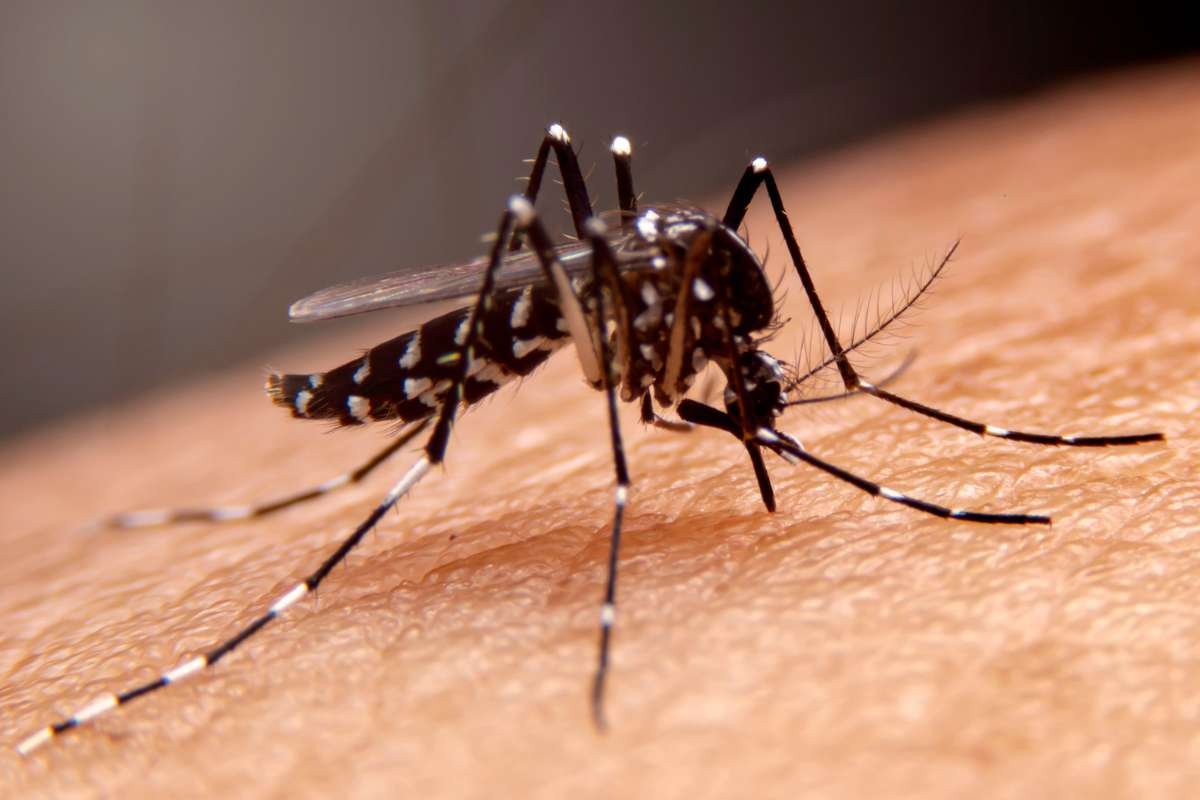In a day and age in which ecological sustainability is no longer a fad, WasteWater Management has become one of the cornerstones of sound urban development, industrial processes, and public health. Each gallon of water that drains down our pipes—from homes, factories, or storm sewers—flows into an intricate system that must be properly treated before it can again be released into the environment or reused.
In this article, WasteWater Management and its basics will be discussed, focusing on the necessities of proper treatment, the state-of-the-art technology involved, and how everybody can help increase more efficient systems.
What is WasteWater?
Before going into management strategies, let’s find out what wastewater is. Wastewater refers to any water that has been impacted by human use. Domestic sewage, industrial effluents, and stormwater runoff usually comprise it. Based on the source, it can contain a vast array of contaminants, like:
- Organic matter
- Pathogens
- Nutrients (like nitrogen and phosphorus)
- Heavy metals
- Chemicals and toxins
Unless treated, such pollutants can extensively affect ecosystems, pollute water supply sources for drinking, and lead to public health emergencies.
The Importance of Wastewater Management
Increased global demand for clean water resulting from population increases, industrialisation, and climate change is happening at an unprecedented rate. However, close to 80% of wastewater is released to the environment in its raw or untreated form, according to UN Water. Effective WasteWater Management goes a long way in:
- Safeguarding ecosystems: Keeping untreated sewage from flowing into rivers, lakes, and oceans preserves biodiversity.
- Saving water: Treated wastewater can be recycled for farm irrigation, industrial cooling, or even drinking purposes.
- Promoting health: Reducing pathogens in wastewater prevents the spread of waterborne diseases such as cholera, typhoid, and hepatitis.
- Bolstering the economy: Industries that use clean water enjoy a stable and sustainable supply, while communities pay less for healthcare and water-related problems.
The Stages of Wastewater Treatment
WasteWater Management is a multi-stage process to eliminate contaminants and recycle clean water back into the environment. These stages are:

1. Preliminary Treatment
This stage eliminates large solids such as rags, sticks, and plastics through screens and grit chambers. It safeguards downstream equipment from damage and clogging.
2. Primary Treatment
The wastewater is subsequently permitted to settle in sedimentation tanks. The heavier solids settle at the bottom as sludge, but the lighter ones rise to the surface and are skimmed off.
3. Secondary Treatment
This biologically oriented phase employs bacteria and microorganisms to decompose organic material. Aeration tanks and biofilters are typically used to speed this process. The treated water is further clarified to get rid of the microbial biomass.
4. Tertiary Treatment
Here, the water is treated through advanced steps including filtration, nutrient removal, and disinfection (with chlorine, ozone, or UV light). This process is most important when water is either to be reused or discharged to sensitive ecosystems.
5. Sludge Treatment
The treatment by-product—sludge—is frequently thickened, digested, and dewatered to be disposed of safely or reused as fertiliser or biogas.
Modern Technologies in Wastewater Management
Technical advancement is revolutionising WasteWater Management into a sustainable and efficient process. Some of the advanced solutions are:
- Membrane Bioreactors (MBR): These integrate biological treatment with membrane filtration, producing high-quality effluent that can be reused.
- Constructed Wetlands: Designed to replicate natural wetlands, these systems utilise plants and soil microorganisms to purify water, providing a green solution for smaller communities.
- Smart Sensors and IoT: They allow real-time monitoring of water quality, flow rates, and system performance, with operators able to address issues promptly.
- Anaerobic Digesters: They process sludge and produce biogas, offering renewable energy while decreasing the dependency on fossil fuels.
Industrial Wastewater Management
Industries such as textile production, pharmaceuticals, petrochemicals, and food processing generate high amounts of wastewater with complex contaminants. To meet environmental standards and minimise operating expenses, firms are investing in specialised treatment systems.

Some of the methods employed include:
- Source reduction: Altering production processes to minimise water consumption and contaminant discharge.
- Pre-treatment systems: On-site filtration, neutralisation, and biological treatment to achieve discharge standards before entering municipal systems.
- Closed-loop systems: Recycling and reusing water on-site, reducing discharge altogether.
Also Read: You Wouldn’t Have Guessed? These Are the Greenest Countries in the World
Urban WasteWater Challenges and Solutions
Urban areas are experiencing mounting pressure on their wastewater infrastructure from rising populations, ageing infrastructure, and climate events such as flooding. Typical challenges are:
- Storm overflows of sewage
- Inadequate treatment capacity
- Leakage in sewer systems
- Groundwater and surface water contamination
Solutions being adopted globally include a combination of policy reforms, green infrastructure, and technological improvements. For instance:
- Green roofs and permeable pavements decrease stormwater runoff.
- Decentralised treatment systems in peri-urban areas relieve the load on central plants.
- Public-private partnerships (PPPs) finance the large-scale development of infrastructure.
The Role of Communities in Wastewater Management
While governments and industries form the core of wastewater solutions, public participation is no less important. Education and awareness programs can help bring about behavioural changes that minimise the load on treatment systems. For instance:

- Preventing the dumping of oils, wipes, and chemicals down the drain
- Conserving water in the home to decrease system load
- Supporting neighbourhood efforts such as rain gardens or greywater recycling systems
Small changes in the home can make a large impact overall.
Regulatory Frameworks and Global Efforts
Throughout the globe, regulatory authorities impose standards of water quality and ensure compliance. In the United States, the Environmental Protection Agency (EPA) regulates discharges of wastewater under the Clean Water Act. In the EU, the Urban Waste Water Treatment Directive requires that proper treatment systems be in place for all large urban agglomerations.
Globally, UN Sustainable Development Goal 6 makes universal access to sanitation and clean water by the year 2030 a global requirement. Various nations are reorienting their national policies toward achieving this milestone through investment in sustainable WasteWater Management systems.
Also Read: Think You Know Oxygen Production Plants? Think Again
Looking Ahead: The Future of Wastewater Management
As populations expand and the climate crisis heightens, pressure for resilient, responsive wastewater systems increases. Potential future trends in WasteWater Management are likely to include:
- Water recycling and reuse are becoming the norm, not the exception
- Energy-positive treatment plants produce more energy than they use
- Nature-based solutions such as bioswales, green corridors, and buffer strips
- AI-powered analytics optimising plant operations in real time
- Circular economy models, where waste is a resource, not a problem
With ongoing innovation and global awareness, wastewater will no longer be regarded as waste, but as an asset.
Conclusion
Effective WasteWater Management is not anymore an engineering task—it’s a social imperative. From safeguarding public health and conserving ecosystems to facilitating water reuse and energy recovery, it’s a field where small changes can have huge long-term payoffs. Whether policymaker, industrial operator, or aware citizen, learning about the function of wastewater treatment is central to creating a sustainable and water-secure future.







